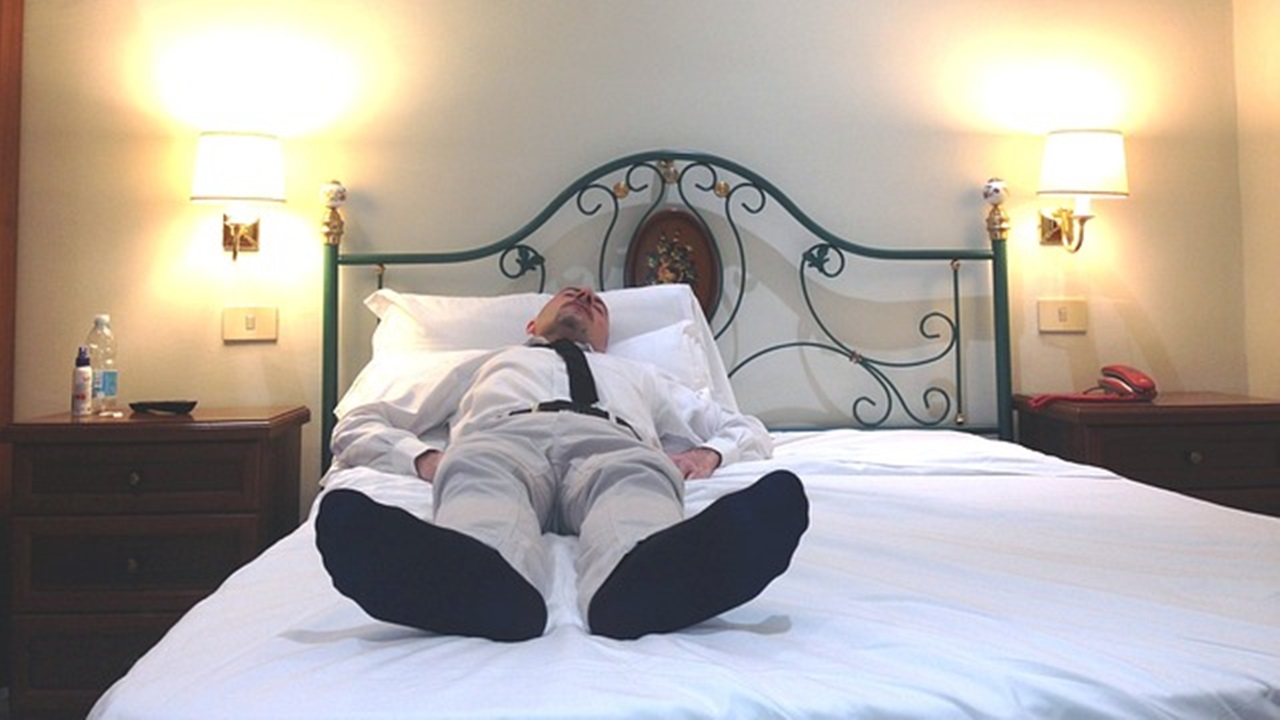Do you know who invented the afternoon nap? (Prayer to Saint Benedict protection against evil)
The practice of rest afternoon tea as it is often called today is a very widespread custom in many cultures. It may seem like a simple moment of relaxation during the day, but it actually brings many benefits to the body.

The origin of the afternoon nap has very ancient roots. In fact, it dates back to the times ofprimitive man, when napping was a necessity to survive harsh environmental conditions. During the period Neolithic, many people retreated for a short sleep throughout the day to increase their energy and improve their productivity.
Saint Benedict encouraged the practice of taking an afternoon nap
However, it is in medieval era that this practice was encouraged and practiced. It was implemented by Saint Benedict, founder of the Benedictine order. San Benedetto was born in the 6th century in Italy and is mainly known for having founded the monastery of Montecassino and for having written the “Rule of St. Benedict“, a text that established the rules of life monastic for monks. The rule underlined the importance of one balanced life, with time dedicated to both work than rest.

According to some historians, Saint Benedict encouraged his monks to take a short sleep afternoon to recharge their energies and improve their concentration during moments of prayer and study. The nap was considered a time of reflection, a way to free your mind from daily thoughts and worries.
Regardless of its origin, it is important to note that the afternoon nap has been shown to have numerous health benefits. Numerous scientific studies have shown that a short break during the day improves health concentration, memory, creativity and mood. Additionally, resting can help reduce stress, fatigue and improve physical performance.
In practice it is called a nap because it should last approximately 20-30 minutes. This time interval allows the body to enter a light sleep phase, without reaching the deeper phases.